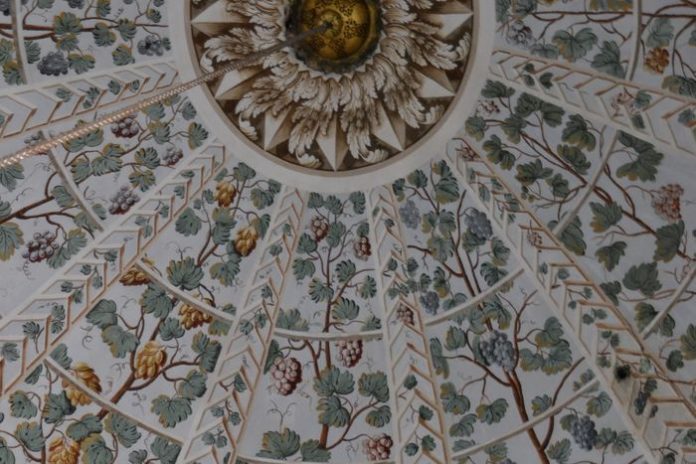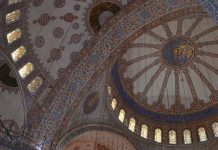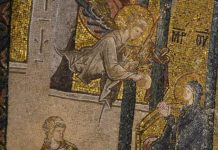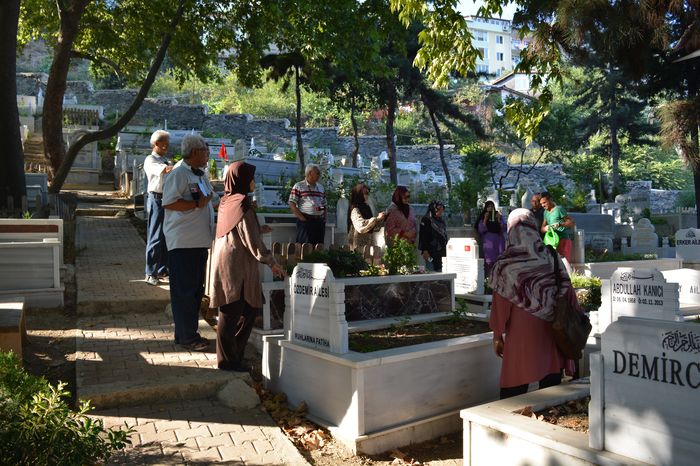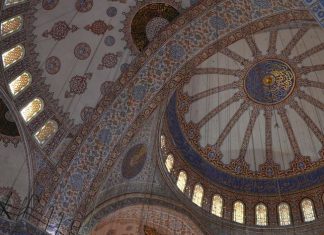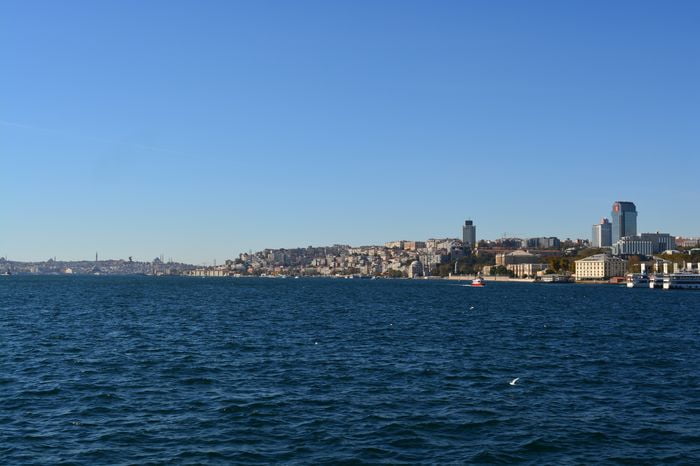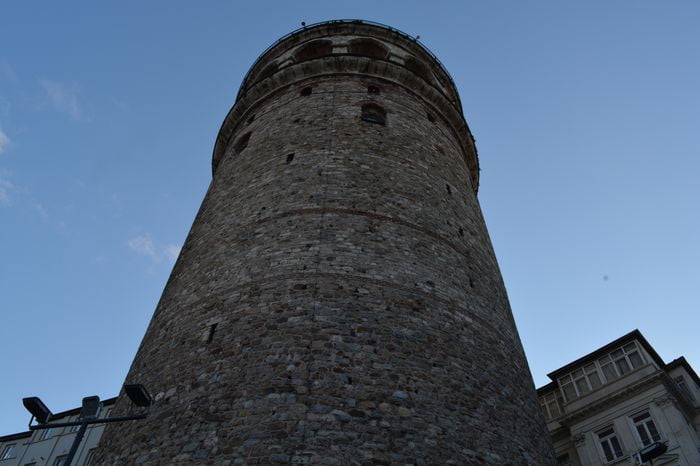Historical Background
Topkapi Palace, commissioned by Sultan Mehmet the Conqueror between 1460 and 1478, stands as a testament to Ottoman grandeur and architectural brilliance. Situated on the edge of the Istanbul peninsula, it served as the principal residence of Ottoman sultans for centuries, symbolizing the apex of imperial power and splendor.
Evolution and Expansion
Initially constructed as a modest palace, Topkapi underwent continuous expansion and renovation over the centuries. By the mid-19th century, it had evolved into the most prestigious palace complex in the Ottoman Empire. However, due to changing governmental protocols, the imperial family relocated to Dolmabahçe Palace, leading to Topkapi’s transformation into a repository for the Sultanate Treasury, relics, and Imperial Archives Exploring Ottoman-Era Tombs and Complexes in Istanbul.
Palace Layout
Topkapi Palace features a sprawling layout, comprising various governmental offices, courtyards, gardens, and residential quarters for palace employees. The ruler’s residence, situated amidst lush surroundings, exudes opulence and sophistication, reflecting the grandeur of Ottoman royalty.
Transformation into a Museum
In 1924, at the behest of Atatürk, Topkapi Palace underwent minor repairs and was opened to the public as a museum, showcasing its rich historical and cultural significance. Although the museum currently occupies a smaller portion of the original complex, spanning 80,000 square meters, it remains one of Turkey’s most visited cultural institutions Guided Istanbul Tour.
Treasures Within
Topkapi Palace boasts an unparalleled collection of artifacts, including the largest assortment of ceramic tiles in the Ottoman world. Its library houses a vast collection of handwritten books in multiple languages, sourced from Anatolia, Egypt, Syria, and Iran. Furthermore, the palace archive contains a wealth of historical documents, offering insights into the empire’s governance and administration. Noteworthy among its collections are exquisite Chinese and Japanese porcelains, adding to the palace’s allure as a treasure trove of cultural heritage.
Preserving Ottoman Legacy
As a museum, Topkapi Palace plays a pivotal role in preserving and showcasing Ottoman heritage for future generations. Its rich tapestry of history, art, and architecture continues to captivate visitors, offering a glimpse into the grandeur and sophistication of one of the world’s most influential empires.
Topkapi Palace stands as a symbol of Ottoman magnificence and cultural richness, embodying centuries of imperial legacy and artistic excellence. Through its transformation into a museum, it ensures that the legacy of the Ottoman Empire remains vibrant and accessible to all, fostering a deeper appreciation for Turkey’s rich cultural heritage.
